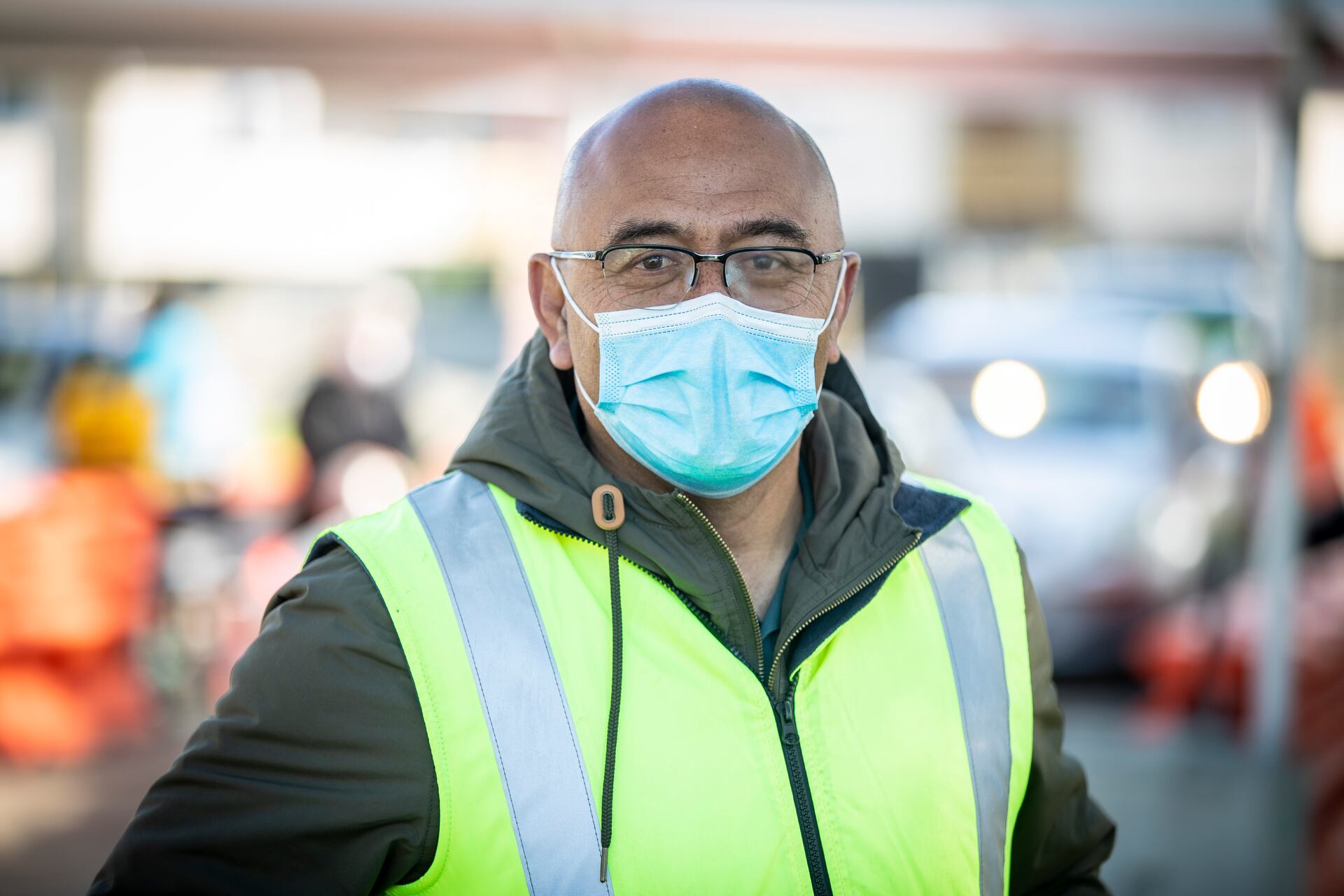Papakura Marae are set to open 3 new kaumaatua housing units at a pōwhiri October, 31 / Supplied
Papakura Marae will reach a historic milestone in its mission to establish safe, warm, and affordable housing for Papakura whānau with a pōwhiri for the opening of three new kaumātua housing units this month.
The new units bring the total number of long-term whare for kaumātua on Papakura marae grounds to nine.
Chief executive Tony Kake says the marae’s papakāinga model sees kaumātua help bring the marae to life all year round, by contributing in the form of karanga, as a warden, or to kōrero on the paepae.
“They really just make a valuable contribution to the marae in some way,” he says.
The Papakura Marae and its health clinic became an increasingly pivotal touch point for elderly Māori and Pākehā during the Covid-19 pandemic, rolling out food parcels to those in need, and providing vaccination and support for those with questions about efficacy or vaccine side effects.
"Our kaumātua keep the marae warm, they are the ahi kaa,” Kake says.
"It’s reciprocal."
Of the three units opening on October 31, one will remain open to visiting kaumātua over the next six to 12 months, for what Kake says will be a more comfortable and accessible alternative for their stay at the marae.

Papakura Marae CEO Tony Kake; the marae was instrumental in providing support during the pandemic, including rolling out food parcels to those in need, and providing vaccination and support services for those with questions about vaccine efficacy or side effects. Photo / NZME
“The other two will see a couple living in each … though this is not specific criteria,” he added.
The units are bespoke-designed for kaumātua, with things like accessibility in mind.
“In terms of heating requirements, they meet the latest code,” he says.
“The units are all two bedrooms, board and batten clad with open-plan living”.
The whare are jointly funded by the Ministry of Housing, marae reserves, and generous private donors.
Their model is something that should work well right across the motu, Kake says.
“They [kaumātua] are the korowai that wraps around and supports the marae.”


